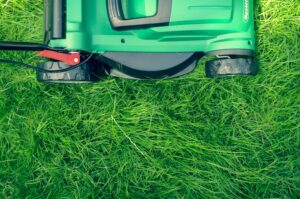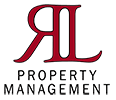 Predicting cash flow on a rental property requires you to make certain assumptions about income and expenses. Whereas predicting income can be more straightforward, understanding expenses can feel rather ambiguous. We often get asked if there is a good rule of thumb for predicting operating costs on a property. Unfortunately, there’s not one blanket formula for estimating costs, but there are some smart ways to think about maintenance expenses.
Predicting cash flow on a rental property requires you to make certain assumptions about income and expenses. Whereas predicting income can be more straightforward, understanding expenses can feel rather ambiguous. We often get asked if there is a good rule of thumb for predicting operating costs on a property. Unfortunately, there’s not one blanket formula for estimating costs, but there are some smart ways to think about maintenance expenses.
First, What DOESN’T Work When Calculating Operating Costs
There are a lot of ideas about what could and should be good practices when attempting to account for expenses on a rental property. One of them is to budget 10% of the rental cost toward maintenance. The problem with this line of thinking is that maintenance costs are completely unrelated to the rent.
For example, the cost to replace a water heater is roughly the same whether you’re charging $800 or $3,500 for rent. While, yes, the upfront finishes may have cost more on the $3,500 rental property, the ongoing maintenance for the two properties is really not that different. When you’re trying to predict ongoing operating costs for a property, using the percentage of rent is generally not a good rule of thumb.
How to More Accurately Predict Operating Costs
Another tactic some investors use to estimate maintenance costs is a dollar-per-square-foot measure. This may get you closer to actual costs, but it can still cause problems, especially if you have a bigger home.
At the end of the day, factors that really drive maintenance expenses in a home have more to do with the following, rather than the size of a home or how much you’re charging for rent. These are items that will impact your maintenance budget:
- The home’s age
- Its mechanicals and what kind they are
- The number of bathrooms (as they have more electrical and plumbing in them relative to a bedroom)
- The current age of all the long-lived items at the property, including its roof, windows, siding, etc.
These expenses can be very hard to predict, but they are the types of things property owners should be thinking about as they evaluate maintenance expenses.
Additionally, some expenses property owners forget to account for in their calculations are things they may be doing themselves. Expenses like mowing the grass, clearing snow, and other maintenance tasks on a property cost money. It’s important for owners to remember that no one is going to do this work for free. We sometimes call this “sweat equity withdrawal” when owners complete maintenance tasks. Regardless of who does it, it’s not “free,” and this is an expense that needs to be included in expense calculations.
Single-family homes can be full of idiosyncratic repair risk, and there’s not a standard rule of thumb for estimating costs. The best approach is to consider your unique property as you make educated assessments about its current condition.
To hear more from us as we discuss what to consider when deciding to rent or sell your house, watch our webinar replay here. And to learn more about owning a rental property in Central Ohio, contact our team at RL Property Management.
